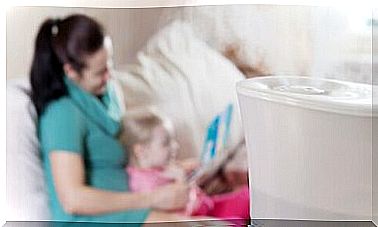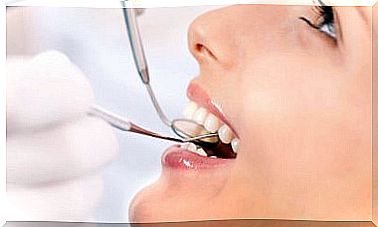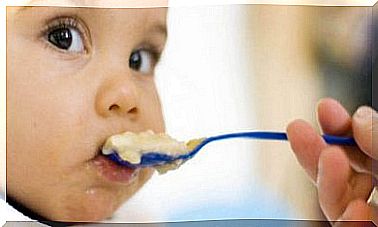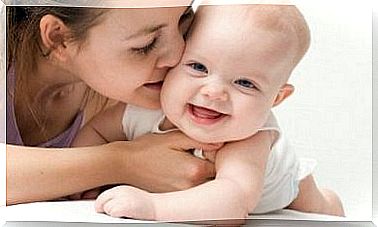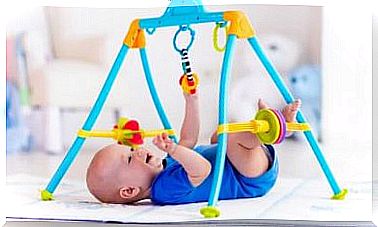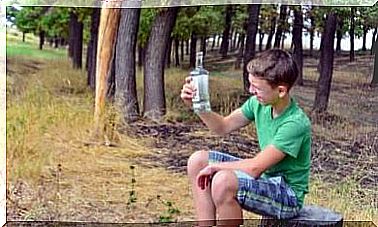Oh My Baby, You Are Already Making Your First Teeth! – Being Parents
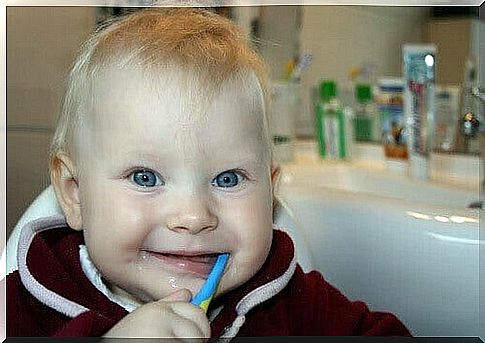
Samuel is three months old and between the 3rd and 7th month is the time when the first teeth appear , although there are children whose teething starts a little earlier, in which case it is considered precocious and , for others they come out later, up to the age of one year, which constitutes late teething.
In Samuel’s house there is a lot of attention on him and his parents have tried to make the teething process more bearable, but this little loved one does nothing but cry and feel exhausted as his teeth are breaking. her delicate gums.
Like most children, this three-month-old baby began to have teeth protruding from the lower jaw and which are the first to appear.
He already has a pair of baby teeth and in addition to the pain produced by the appearance of these jaws on the lower gum, this new pair of teeth hurts his upper gum a little which now rubs against a new couple of tenant who pressure her, further increasing Samuel’s discomfort.
Since he is still a baby and cannot speak, he does not know any other way to express the discomfort he feels than with crying.
His case is not atypical, there are very few children who go through the stage of teething without expressing any pain. The first teeth of almost all children are accompanied by symptoms of discomfort, and the irritability of the infant is evident even on his face.
Samuel, as well as all children who experience their first teeth, show symptoms of this stage such as crying more than usual, being irritable and drooling a lot. Also, like many babies, he constantly puts his hands in his mouth on instinct, looking for relief.
Can the arrival of the first teeth cause a fever?
Before the teething process, you will rarely see your baby putting his fingers in his mouth, so now that the first teeth are starting to come out, the vigilance regarding the hygiene of the little one should increase, because at this stage it is very common for him to uses their hands or anything nearby to scratch their gums or bite something to proclaim pain. Some people think that the appearance of teeth causes symptoms like fever or vomiting.
However, it is important to clarify that according to the explanation of hundreds of pediatricians, children, in addition to being sick because their first teeth appear, they begin to suffer from fever or vomiting because they regularly carry germs to their mouth through their hands or objects used to relieve pain they feel.
Dr William Sears, pediatrician and author of The Baby Book, believes that the first teeth cause diarrhea and a bit of diaper rash, caused by the excess saliva entering the baby’s intestines, resulting in loose stools.
However, if your child has a rectal temperature of 101 degrees Fahrenheit, 38.3 degrees Celsius, or higher and also has symptoms such as lethargy or laziness, lack of appetite, vomiting, or diarrhea, call your doctor. doctor to rule out more serious illness. This pediatrician also argues that inflamed gums can lead to low fever (rectal temperature below 38 degrees Celsius).
Other pediatricians disagree with this theory and claim that there is no relationship between symptoms and the appearance of first teeth. Some of the opponents of this theory are members of the American Academy of Pediatrics, whose associates believe fever and diarrhea are not usual symptoms of teething.
Samuel’s first teeth met allies
Laura, Samuel’s mom, in addition to comforting her baby with love, put into practice some simple tips that can help any mother and her infant when it comes to having first teeth. She gave her gentle massages on her gums to ease her pain.
Before this, she makes sure her fingers are clean and she uses some products available on the market to relieve the pain due to the appearance of teeth. She also bought her a teething ring, the material and shape of which meet her tastes and needs, you can choose yours according to your own criteria.
The one Laura chose for Samuel goes in the fridge (never in the freezer) and is designed to be bitten by the child. But this is not the only advice she followed, other times, when she does not have the ring at hand, she offers him a handkerchief or a rag which she has placed beforehand. refrigerator, because both teething rings and cold handkerchiefs relieve pain caused by saliva from the teeth.
There are other techniques you can use for pain relief, for example, if your child is already eating solid, it will be soothing to eat cold foods like ice cream, yogurt and cookies specially made for teething. , you just need to watch him carefully to avoid choking on a cookie.
With these tips, if you are unable to calm his pain, consult a pediatrician to prescribe infantile paracetamol (acetaminophen) to soothe the pain, he will give you the correct dosage, since it is not recommended to give this medicine to a child under 2 years old without the advice of a doctor.
Last but not least, never give aspirin to a child, the use of aspirin is associated with Reye’s Syndrome, a rare but dangerous or fatal condition.

